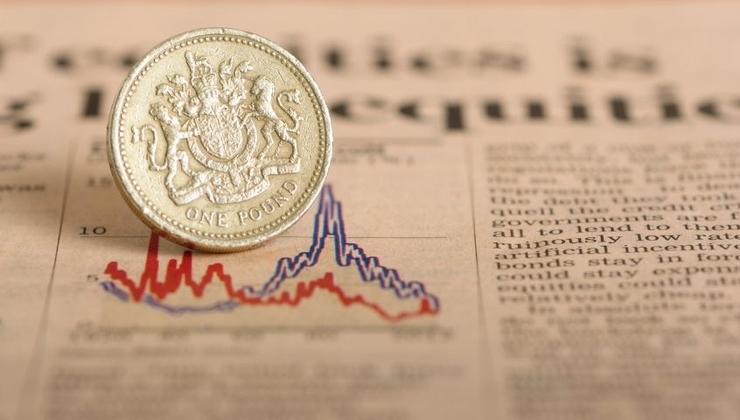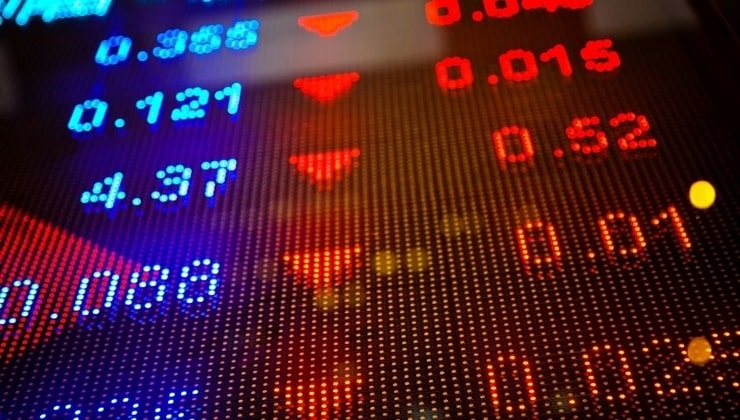AUDUSD breaks ascending channel on RBA, unemployment
Lowe’s proposed rate cut would take the cash rate to a record low 0.1% from the current rate of 0.25%, but importantly remaining in positive territory. The central bank has previously ruled out negative interest rates.
But the announcement of a further rate cut comes despite upgraded forecasts and improving consumer confidence. Markets have priced in the rate cut in anticipation and it seems the RBA doesn’t want to disappoint by not meeting expectations.
Importartantly, Lowe reiterated that low rates are here to stay for some time and hikes will not occur until the bank can see progress towards full employment and inflation sustainably within its target range. It puts the RBA’s inflation policy more in line with the Fed’s recent shift to average inflation targeting.
The Australian dollar fell as low as 0.7129 on the news from its daily open at 0.7161.
Labour market data was less eventful, although saw the unemployment rate for September tick up slightly to 6.9% from August’s 6.8% as Victoria job losses outnumber gains elsewhere. Employment fell 1.1% in Victoria for September, while Queensland saw a 1.3% increase. The participation rate held mostly constant, falling to just 64.8% from 64.9% in August.
It’s important to consider that the real unemployment rate is likely much higher, with the JobKeeper scheme masking the true blow to the labour market. Treasury forecasts initially saw unemployment peaking at 10% by the end of the year but has since been revised to a lower 8%.
AUSUSD was little moved on the employment release, although today’s newsflow continues this week’s downtrend.
Daily chart: AUDUSD. Chart source data: Metaquotes MT5.
Today, price has moved below the ascending channel that started on 25 September, when the bulls fiercely defended the 0.7000 handle. If price closes outside of the channel on a daily closing basis, it’ll be a sign to me of further Aussie weakness and possibly a re-test of 0.7000 in the coming weeks.
The move comes after what have been a tough few days for the Australian dollar, which has been falling this week after news that China will restrict imports of Australian coal - a reminder that trade tensions continue to bubble.
Australia is largely a mining economy and coal one of its largest exports, so China’s decision to reduce imports to 2017 levels will be a blow to Australia’s mining industry. That said, commodity prices remain high, with iron ore trading to a six-year high late August.
On the other side of the AUDUSD equation though is the US dollar, and much of the outlook is hinged on how the greenback moves in the coming months. The USD sold off considerably this year due to record fiscal spending from the Trump administration as well as currency debasement as the Federal Reserve overhauled its inflation policy.
And in the next few weeks, the US election remains an important consideration that could propel the US dollar even lower.
Of course the simmering trade tensions with China remains a threat on the peripherals, with this week’s news a reminder that Australia-China relations will likely get worse before they get better.
Despite the bad news, the ASX 200 (AUS200) is having another crack at a breakout from the June - October range, likely encouraged by the RBA’s confirmation of further easing this morning. Over the last three trading days, we have seen price fail to break higher. If the AUS200 can finally break out on a daily closing basis, it will be an encouraging sign for the bulls.
Daily chart: AUS200. Chart source data: Metaquotes MT5

